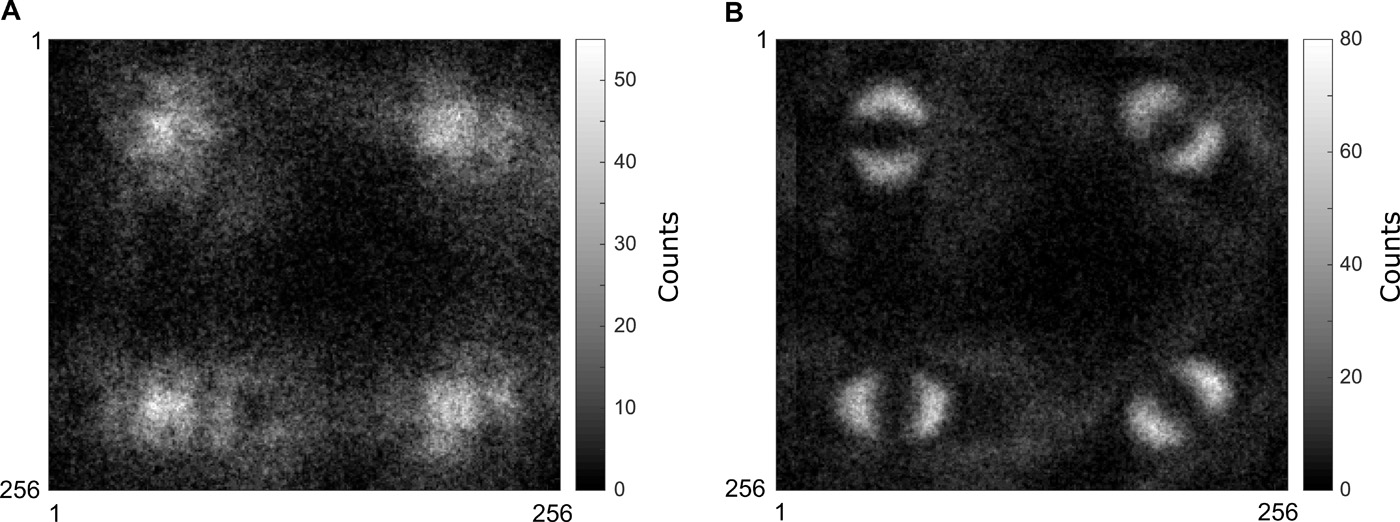You know we like bringing you stories about awesome, unique photographs.

And we especially love to bring you pictures of things that have never been captured before.
Today, we have something so minuscule that only theory predicted until photography verified it. University of Glasglow physicists published their picture in a paper for Science Advances called “Imaging Bell-type nonlocal behavior” with the centerpiece being a photography of two entangled photons in something called Bell entanglement.
This form of quantum entanglement is marked by the photon particles sharing a physical state for a brief moment in time according to PetaPixel. The photons were captured using a camera with a technique that the researchers hope leads to “a whole new class of quantum imaging demonstrations and techniques.”
How they did it is pretty complex and beyond this author’s understanding but, in its simplest form, the team used a beta barium borate (BBO) crystal with an ultraviolet laser to produce entangled photons that are then driven apart via a beam splitter with the first photon sent through objects that changes the phase of the photon as it goes through them. As for the photo, it isn’t the most interesting capture.
It’s black and white with two hemispheres cut vertically. But what it reveals about our world is really, really amazing. It might not be as cool as some of the astrophotography photos we’ve brought you, but it is just as big of a deal when it comes to demonstrating just how much photography contributes to science.
What do you think of the picture? Do you understand more about what is going on here? Please explain it to us in the comments below.
Also you can check out our other photography news articles by clicking here.




